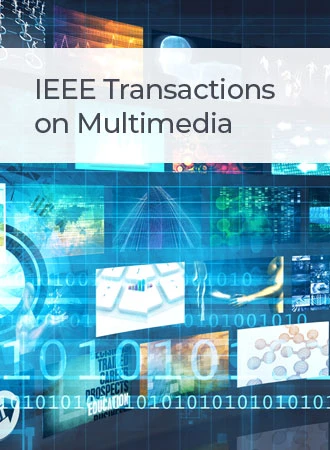Secure Neural Network Watermarking Protocol Against Evidence Exposure Attack
IF 9.7
1区 计算机科学
Q1 COMPUTER SCIENCE, INFORMATION SYSTEMS
引用次数: 0
Abstract
Trigger-based backdoor watermarking is an extensively utilized and effective method to safeguard the copyright of deep neural networks (DNNs), in which the trigger set could be taken as the key of the watermark. However, during the verification stage, there is a risk that the trigger set could be leaked and exposed to adversaries. If this occurs, the adversaries might apply this leaked trigger set to claim ownership of the model, posing significant copyright issues for the watermarked DNN. To address such an evidence exposure problem, a secure neural network watermarking protocol is put forward in this paper. In the proposed protocol, the trigger set is not fixed, once the trigger is utilized for verification, it is invalid and cannot be used for verification in the future. As a result, even if the trigger set is leaked during the verification process and obtained by the attacker, they cannot use it for copyright verification since it is invalid. To assist the protocol, a trigger set generation method is designed, in which the auxiliary classifier generative adversarial network (ACGAN) and the target classification model are trained together. The special logits distribution and the labels of the generated trigger samples can be ensured and verified effectively in this way. The performance of the trigger generation methods regarding effectiveness, fidelity, and robustness is verified by experiments, and the security analysis of the designed watermarking protocol is conducted.抗证据暴露攻击的安全神经网络水印协议
基于触发器的后门水印是一种广泛使用的有效的深度神经网络版权保护方法,其中触发器集可以作为水印的密钥。然而,在验证阶段,存在触发集泄露并暴露给对手的风险。如果发生这种情况,攻击者可能会应用这个泄露的触发集来声明模型的所有权,从而为带水印的DNN带来重大的版权问题。为了解决这类证据暴露问题,本文提出了一种安全的神经网络水印协议。在提议的协议中,触发集是不固定的,一旦触发被用于验证,它就失效了,以后不能再用于验证。因此,即使触发集在验证过程中被泄露并被攻击者获取,也无法用于版权验证,因为它是无效的。为了辅助该协议,设计了一种触发集生成方法,该方法将辅助分类器生成对抗网络(ACGAN)和目标分类模型一起训练。这样可以有效地保证和验证生成的触发样本的特殊逻辑分布和标签。实验验证了触发器生成方法在有效性、保真度和鲁棒性方面的性能,并对所设计的水印协议进行了安全性分析。
本文章由计算机程序翻译,如有差异,请以英文原文为准。
求助全文
约1分钟内获得全文
求助全文
来源期刊

IEEE Transactions on Multimedia
工程技术-电信学
CiteScore
11.70
自引率
11.00%
发文量
576
审稿时长
5.5 months
期刊介绍:
The IEEE Transactions on Multimedia delves into diverse aspects of multimedia technology and applications, covering circuits, networking, signal processing, systems, software, and systems integration. The scope aligns with the Fields of Interest of the sponsors, ensuring a comprehensive exploration of research in multimedia.
 求助内容:
求助内容: 应助结果提醒方式:
应助结果提醒方式:


